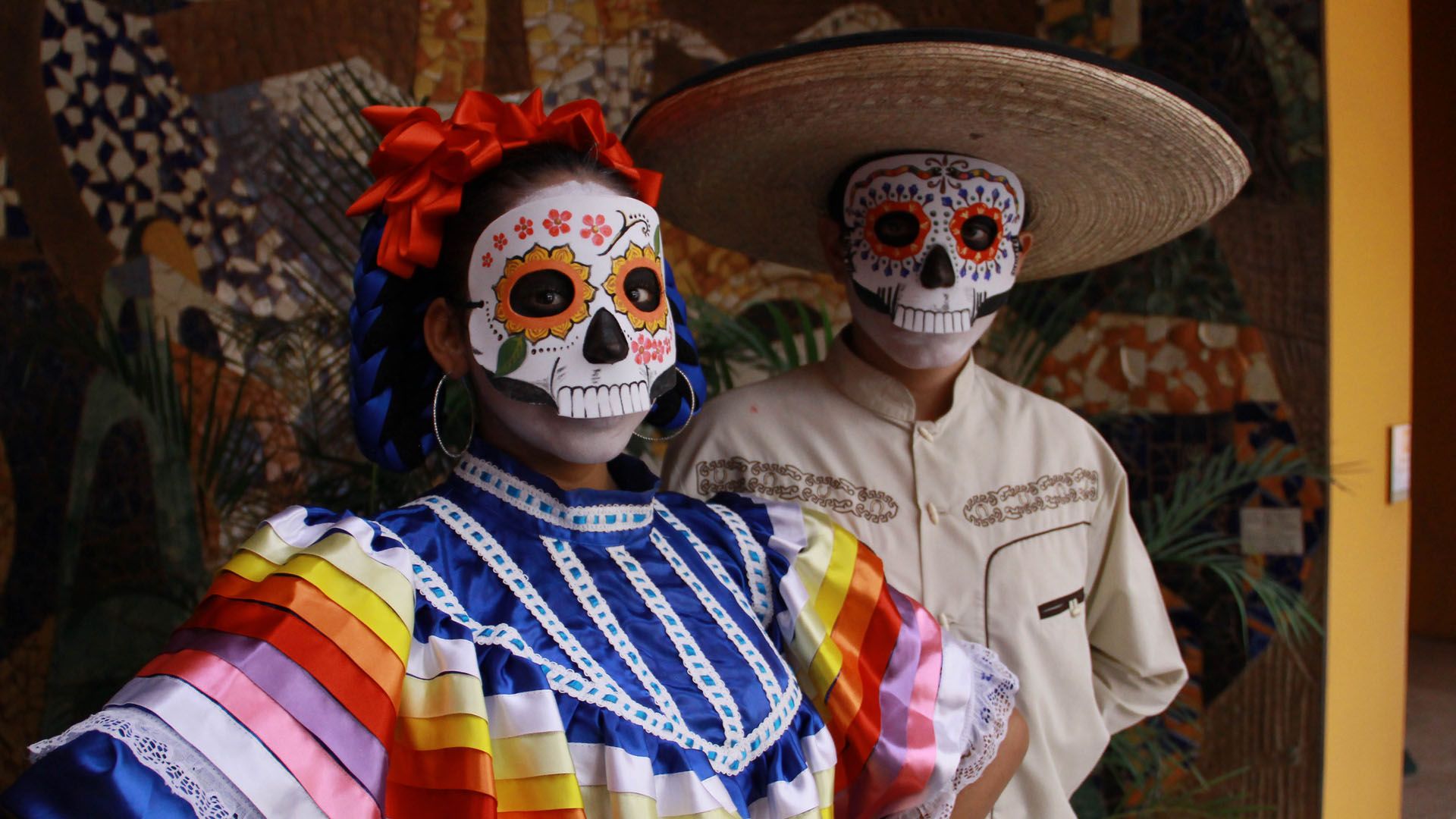Planning Your Day of the Dead celebration
Choose the right location
If you want to experience unique, unforgettable Day of the Dead rituals and festivities for yourself, consider booking a personalised trip to Mexico.
Given that visitor numbers are huge at this time, you’ll want to arrive at least a week before, and book your transport and accommodation some months in advance.
Put simply, don’t rock up randomly to any of the locations described above expecting to find a place to stay.
To help you decide where to visit, read our guides to Mexico City, Oaxaca and Michoacán.
Create your own ofrenda
Whether you’re lucky enough to celebrate Día de Muertos in Mexico, or are saving this remarkable experience for the future, you could make this year special by creating an ofrenda.
It’s a beautiful way to honour lost loved ones, and a practice might find yourself doing as an annual commemorative ritual.
Engage in community events and activities
Wherever you choose to celebrate the Day of the Dead, be sure to check out local community events and activities.
This might include learning how to make yourself over as La Catrina, or finding out how to cook up pan de Muertos.
You’ll also want to keep an eye out for news of localised parades.
Want more advice and info? Browse our customisable Mexico itineraries, talk to our local experts and find out how to get to Mexico.
You might also want to read up on some of the best things to do in Mexico, and get yourself The Rough Guide to Mexico.








